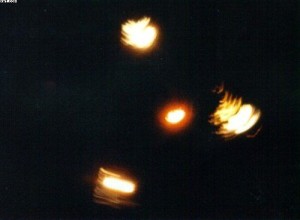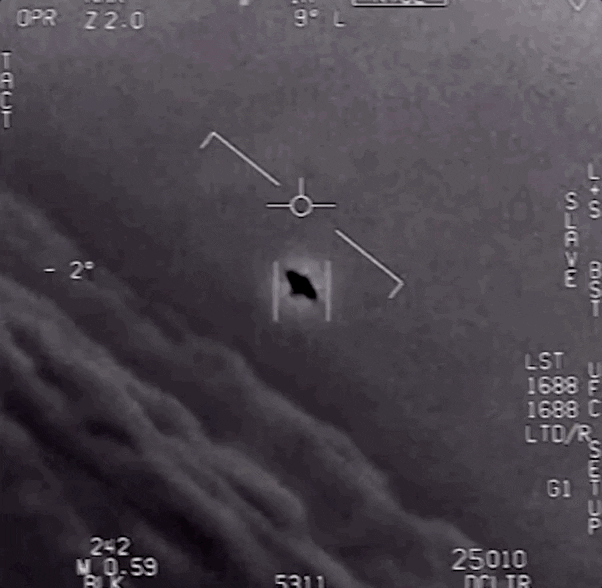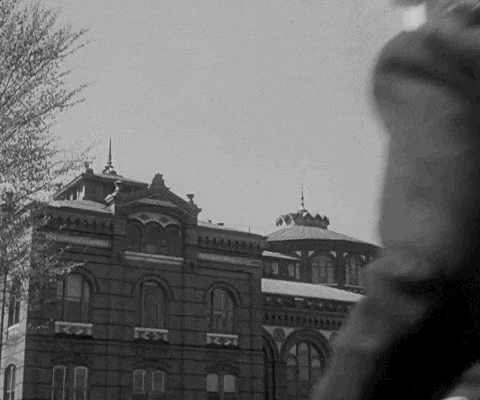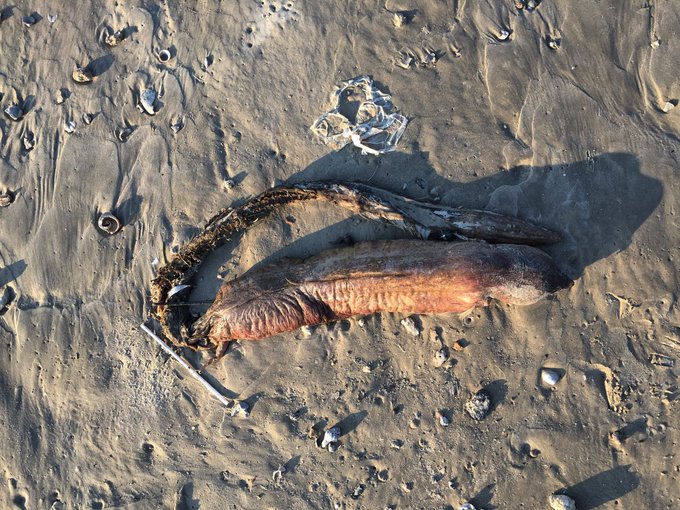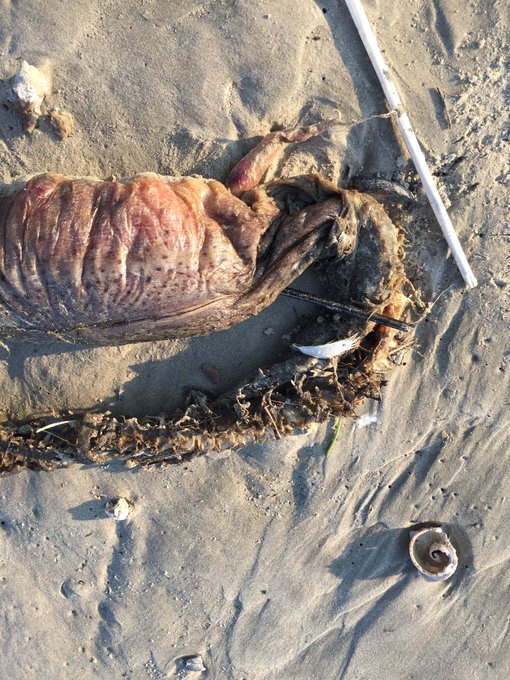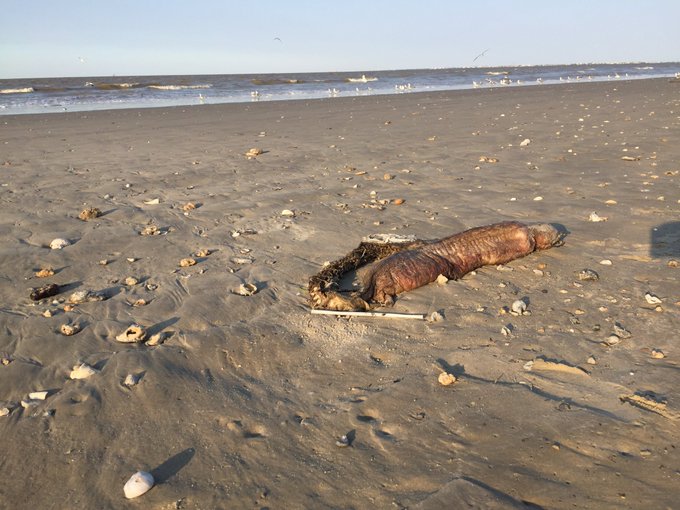Each week we uncover the most interesting and informative articles from around the world, here are 10 of the coolest stories in science this week.
Farewell, Spacecraft
And just like that, it was gone.
The final stream of data from Cassini was received at NASA's Jet Propulsion Laboratory (JPL) in southern California. The spacecraft communicated with Earth via the Deep Space Network, a series of telescopes around the world that keep contact with spacecraft that fly beyond the moon. The Deep Space Network is managed from JPL. [Read more about the end of Cassini.]
Intelligent Laughter
Many important questions are asked in the pursuit of science, but here's one that isn't heard very often: Why so serious?
At the 2017 Ig Nobels, held in the Sanders Theatre at Harvard University, researchers representing five continents made an appearance to acknowledge the dubious achievement of acquiring an Ig Nobel. [Read more about the funny research.]
One Extreme or the Other?
The story was tailor-made for headlines: The indecipherable Voynich Manuscript that once stumped the best code breakers of World War II had finally been cracked, and it was a simple health-and-wellness guide for medieval women.
Or not. [Read more about the lost language.]
Strange Casualty
Okay, biology twitter, what the heck is this?? Found on a beach in Texas City, TX. #wildlifeid
Hurricane Harvey stranded a mysterious fanged eel on the beach in Texas, leaving the animal to die, rot and bloat. But despite its untimely end, the creature has since become an internet star.
Not the Status Quo
A high-status Viking warrior who was thought to be a man turns out to be a woman, a new DNA analysis finds.
One of the graves was that of a presumed Viking warrior, whose remains were buried with a range of warlike weapons. For decades, however, researchers assumed that the burial was that of a high-status male officer. [Read more about the new find.]
SpaceX Videos
Get ready for out-of-this-world fiery blasts on "How Not to Land an Orbital Rocket Booster," a new SpaceX blooper reel produced by Elon Musk, the company's founder and CEO.
The conflagrations really are like no other, and Elon insists that they're "just a scratch" or a "rapid unscheduled disassembly" in some cases. [Read more about the bloopers.]
To the Rescue!
Two territorial hippopotamuses foiled a crocodile that tried to wrestle a wildebeest into a water hole, as seen in a dramatic video of the encounter. [Read more about animal superheroes.]
Endangered Peoples
Brazilian authorities are investigating reports that gold miners killed about 10 members of an uncontacted tribe in the Amazon rainforest.
The indigenous rights group Survival International warned that such an attack could mean that a large percentage of the tribe has been wiped out. [Read more about the story.]
War toys
Military brats of ancient Rome probably played soldier to pass the time.
Birley's team discovered the toys after lifting the stone foundations from a more recent renovation of the fort. They found damp, black, oxygen-free soil sealed underneath —good conditions for preserving artifacts. [Read more about the toys.]
Coolin' Off
A new technique pushes the limits of how cold molecules can get to a tiny fraction of a degree above absolute zero. [Read more about absolute zero.]
Follow Live Science @livescience, Facebook & Google+.




